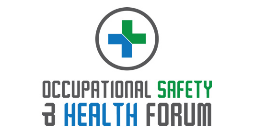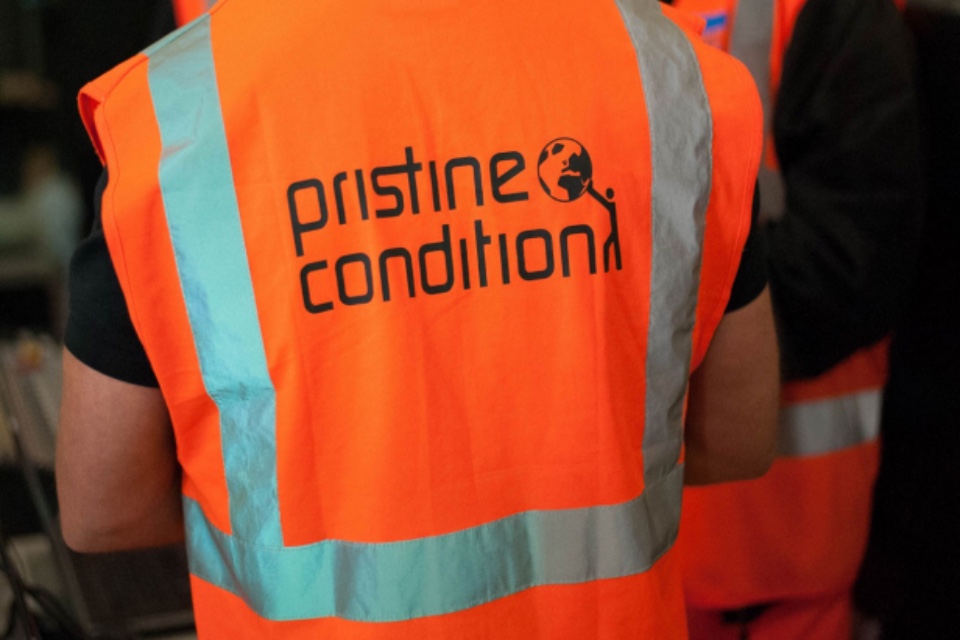JMW Solicitors has explored and ranked the UK’s most injury-causing industries, using the latest data from the government agency Health and Safety Executive (HSE) to share insight into the factors influencing a high rate of injuries.
Richard Powell, Head of Personal Injury at JMW Solicitors, explains the greatest risks of injury within each industry and shares expert safeguarding practices to prepare for preventable injuries…
7. Waste
The waste industry accounted for three fatal injuries to workers in 2020/21. The causes of these fatalities were being struck by a moving vehicle, having contact with moving machinery, and being struck by a moving or falling object.
Powell said: “The fatalities here were caused by hazards we see regularly across all industries; being struck by a moving object accounted for 17 deaths between 2020/21, while being struck by a moving vehicle resulted in 25 deaths. Ensuring that all personnel in the vicinity of a moving vehicle or object are aware of the mobile hazard is the best way to reduce the risk of injury.”
6. Transport and storage
The rate of death increases in the transport and storage industry – 10 workers were killed in 2020/21. Unsurprisingly, the leading cause of death was being struck by a moving vehicle, followed by falling from a height.
Powell said: “If working at a height, it is vital that extensive safety measures, such as rail guards and arrest blocks, are in place throughout the working site. We often see negligent practices and staff training, which often lead to injuries.”
5. Admin and support services
An estimated 65,000 workers in public administration and defence suffered from a work-related illness that was caused or worsened by the effects of the COVID-19 pandemic.
There were a further 70,000 work-related cases of stress, depression or anxiety – or 3.1% of the workforce.
Powell said: “There needs to be better recognition of the dangers of work-related stress, depression and anxiety, and the impact this has on the workforce. There is a higher rate of such cases here than in any other industry, highlighting the need for mental wellbeing practices being instilled from the top-level down.”
4. Wholesale, retail, motor repair, accommodation and food
Accommodation and food services see a rate of 2,460 injuries per 100,000 workers. The wholesale and retail trade sectors report an only slightly lower figure of 2,100.
Both figures dwarf the all-industry average, which stands at 1,680.
Powell said: “The figures represented here also include the motor repair sector, in which injury causes are led by being struck by a moving vehicle. When good communicative practices are in place, such as verbal and physical signals, the chance of coming into contact with a moving vehicle is greatly reduced.”
3. Manufacturing
The manufacturing sector experienced 20 fatal injuries to its workers – a five-year high.
Fatalities were predominantly caused by falling from a height, closely followed by being struck by a moving object, and contact with moving machinery rounded off the top three.
2. Agriculture, forestry and fishing
The industry saw 34 fatal injuries to its workers in 2020/21, a sizeable increase on the annual average of 28 in the four years prior.
Of these, 30% were caused by being struck by a moving vehicle, and 16% by an animal.
Powell said: “The agriculture, forestry and fishing industries face unique hazards, many of which are life-threatening. We have also seen a substantially higher rate of musculoskeletal disorders pertaining to this line of work than in any other industry.
Cases of ‘farmer’s lung’ and occupational asthma are rife in the sector – the former causing an average of seven deaths a year. More has to be done to protect workers from such conditions, and ensure that they are aware of their rights should they suffer from an illness caused by working.”
1. Construction
The construction industry sees the highest rate of worker fatalities in the UK, with 39 deaths in the last year. Falling from a height caused half of these fatalities.
Powell said: “The rate of non-fatal injuries in construction does not deviate from other industries – but falling from a height causes half of all fatalities, which points to an area in which more pressure has to be applied. Organisations must endeavour to better protect their workers, revisiting the practices in place to train employees to work safely at a height.
The fact that the fatal injury rate in the construction industry is around four times that of the all-industry rate clearly bears additional work on employers to safeguard workers.”







